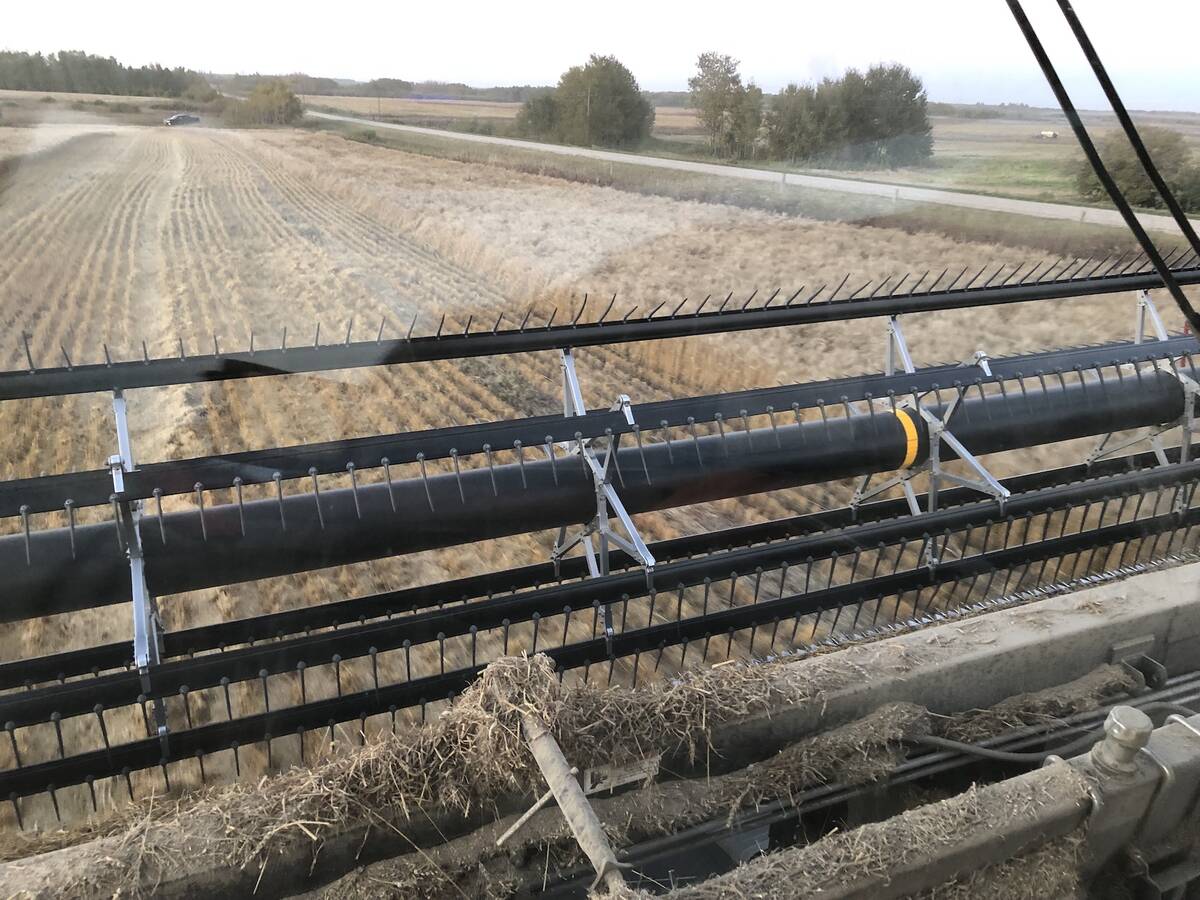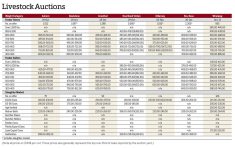After a tumultuous week of up and downs, it can be said that canola went pretty much nowhere. Forces that drove the Canadian oilseed on ICE Futures batted canola a little bit lower after the dust settled.
In winding up the last days of trading during the week of July 4, canola made some decent advances. The nearby November contract climbed from $849.10 per tonne on July 7 to $866.70 when the markets shuttered for the weekend on July 8. Even when the new week started, there were more advances for canola on July 11.
Read Also

The poetic epic of Manitoba farming 2025
Former Manitoba Co-operator editor John Morriss returns for his yearly poetic sum up of the farming year and look ahead into 2026.
Then came the July supply and demand estimates from the U.S. Department of Agriculture July 12. That led to sharp declines in the Chicago soyoil complex.
Some analysts and traders opined that even a glowing bullish report likely would not have averted the pullback in the Chicago soy complex. Essentially the die was cast.
Vegetable oils were driven sharply downward. Canola, for example, tumbled $32.30 for its November contract to fall to $834.40 per tonne.
There was something of a recovery for canola the next day, making moderate gains for much the session, but by the closing bell there were small losses.
As central banks around the world grapple with rising inflation, the Bank of Canada (BoC) was widely expected to boost its key interest rate by three-quarters of a point. But the BoC went full throttle for a one-point hike, pushing its rate to 2.5 per cent.
As Canadian markets grappled with the unexpected increase, the loonie took a header. Ample assistance came from a dire economic picture in the U.S., as the Federal Reserve stood poised to make its own dramatic move to raise its interest rate.
Up went the greenback on July 14, at times gaining more than a full point in the U.S. Dollar Index. That accelerated the slide of the loonie, as it careened well below 76 U.S. cents at one point.
While many become woeful when the loonie falls, it’s a boon for the export market. That led canola to recover a decent portion of the losses it suffered a day earlier.
The good times of $900/tonne canola may be done, especially with a decent crop taking shape on the Prairies. Total production prospects of 19 million tonnes or more aren’t out of the realm of possibilities. With that, the harvest will form a tight lid on canola prices — and moreso should Australia reap its own sizeable crop.
But this is the Prairies and things can happen. Parts of the western Prairies are still struggling with dry conditions and areas of the eastern Prairies are having issues with wet conditions. Hopes of a decent harvest can still be cruelly dashed.
















